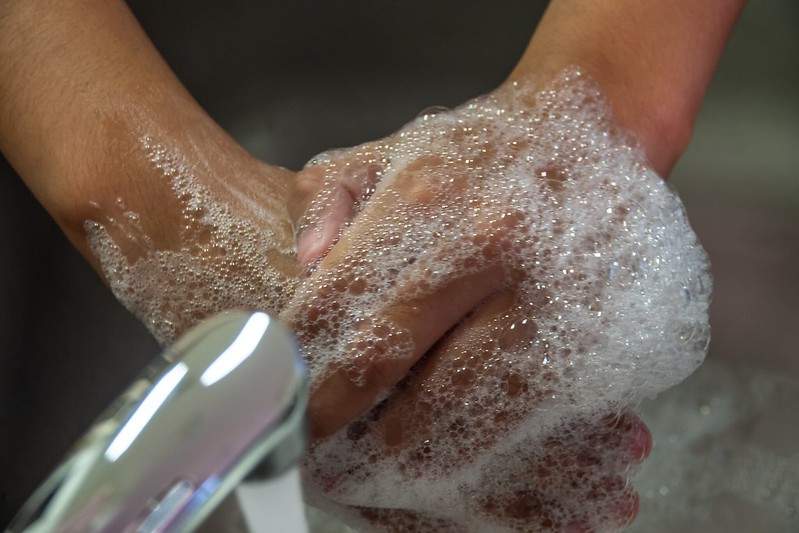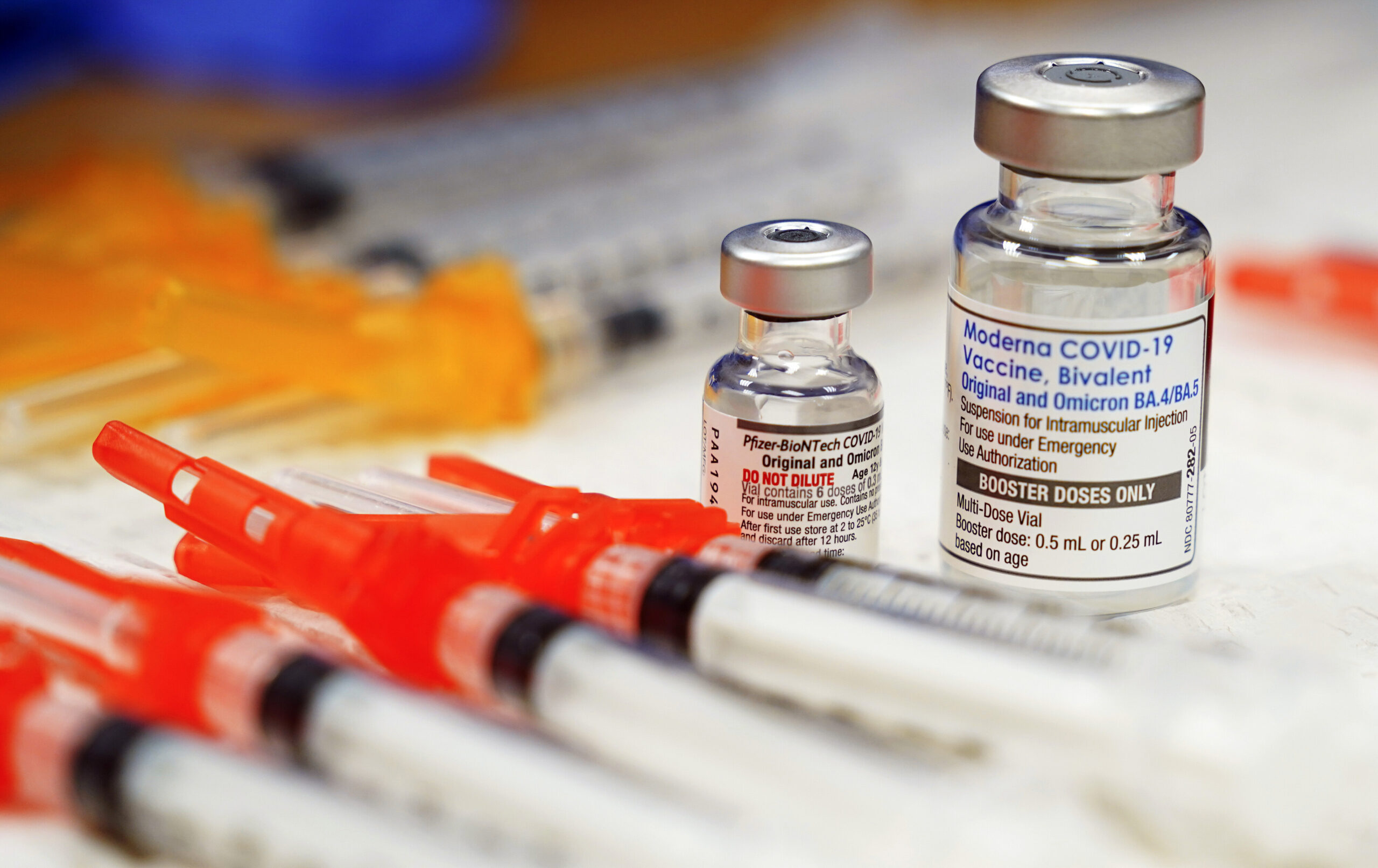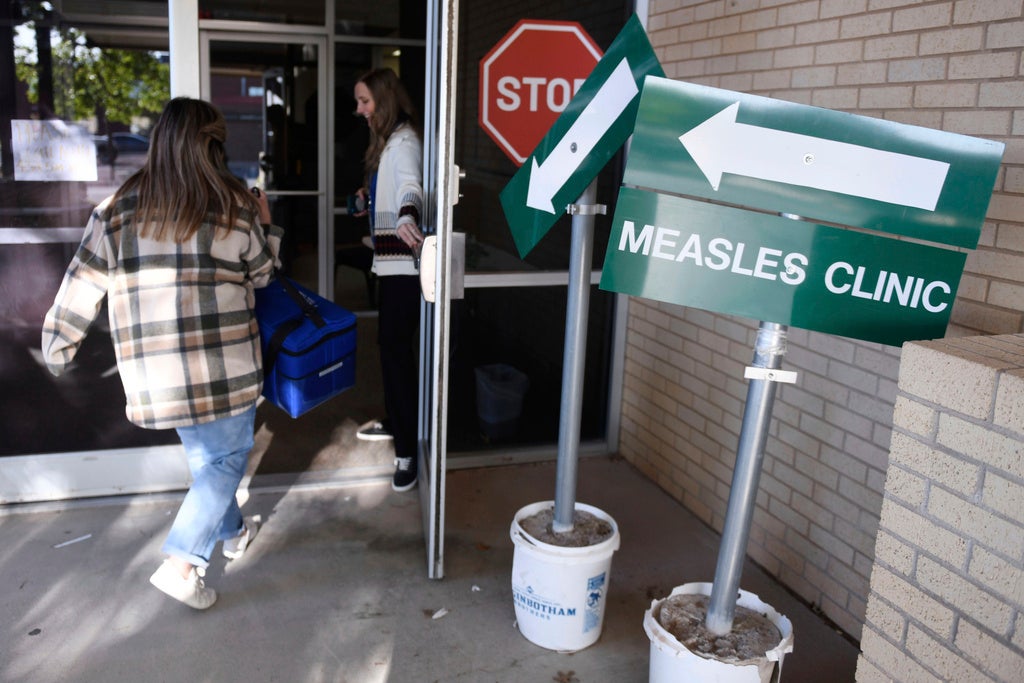Wisconsinites are taking extraordinary precautions to try to slow the spread of the new coronavirus, but the number of cases of COVID-19 is still rising — leaving many to wonder what to do if someone in their household tests positive for the disease.
WPR’s WHYsconsin has received numerous questions about how to care for someone with COVID-19. WPR’s Melissa Ingells recently spoke with Patrick Remington, a physician and emeritus professor at the University of Wisconsin-Madison School of Medicine and Public Health, to answer your questions.
The interview has been edited for brevity and clarity.
News with a little more humanity
WPR’s “Wisconsin Today” newsletter keeps you connected to the state you love without feeling overwhelmed. No paywall. No agenda. No corporate filter.
Q: Somebody in your house tests positive for COVID-19 and has to stay home, does that mean separated from the rest of the household?
Patrick Remington: The first thing you need to do is make sure that they’re well — monitor their symptoms and if you have any concerns about the symptoms, make sure you call your doctor.
If this person has tested positive and has mild or actually no symptoms, then what you want to do is practice good isolation techniques in your home. That means having that individual go into a separate room and when you’re in contact with that person asking them to wear a mask.
Remember that the virus comes out through water droplets, a sneeze or cough or even breathing. A mask on a sick individual can catch all or almost all of those contaminated water droplets. So that’s a really important thing.
Q: If they’re in isolation, presumably someone in the household is bringing them meals and whatever else they need. How do you deal with the dishes and such in a way that doesn’t expose those in the household?
PR: This is an instance where, as a care provider, you are potentially exposed to the virus. You have to be even more vigilant about your own hygiene practices. When you are in the presence of a person who’s ill, make sure they’re wearing a mask, but the other thing is to assume that all surfaces — tabletops, door handles, etc. — that the individual has used are contaminated.
It’s recommended, if possible, that individuals who test positive use separate rooms and bathrooms. That’s ideal, but may not be practical for everybody. And if that’s the case, you just have to make sure that you’re extra careful.
You can first wipe surfaces down with a disinfectant, and make sure that you then wash your hands before going on with your regular business in the home.
The virus doesn’t jump off of a surface. It has to be touched with your hands and then your hands get to your face, so careful hand hygiene following that can remove the virus and keep it from infecting you.
Q: If you’re caring for someone who’s sick, but you aren’t, how do you get groceries or supplies without potentially exposing others?
PR: The most important thing is to understand the use of isolation and quarantine.
Isolation is used for people who are infected with COVID-19.
Quarantine is for anybody who’s known or potentially exposed.
And so if you’re living in a home with somebody who’s positive, you need to be quarantined, you need to stay put, and therefore you’re going to need help to get supplies into your house.
That’s when you call a family member or friend and ask that they do your shopping for you. Those groceries can be brought to the door and you don’t have to worry about that handoff.
Individuals who are sick should remain isolated until seven days after their symptoms began or three days after their fever went away, whichever is longer. So that could be up to 10 days of being isolated.
And then the person who was quarantined needs to be quarantined for up to two weeks after exposure. But guidelines can change, so look to the Centers for Disease Control and Prevention or your state or local health department for those specific guidelines.
Q: We’ve heard of cases where people have said they were sick, but not in a way that felt seriously life threatening. And also we know about cases where people have died or needed hospitalization. What do we watch for to know whether someone might need more care than we can give at home?
PR: That’s really important. Maybe as many as 1 in 4, maybe as many as half of people infected with COVID-19 have mild or no symptoms. That’s the good news. The challenge though is, those individuals, although they’re not ill are certainly contagious.
If the illness is mild, make sure that they stay hydrated by drinking a lot of fluids. Over-the-counter medicines, like Tylenol, may help with symptoms. For most people with mild illness, the symptoms should only last a few days.
Because this infection is hard to predict, you need to carefully monitor the symptoms, watch the fever, watch the cough. That’s really one of the most important things for the caretaker at home. If somebody is getting weaker, if their fever continues to go up, if you suspect at all that the symptoms are getting worse, that’s when you call your doctor and ask them for advice.






